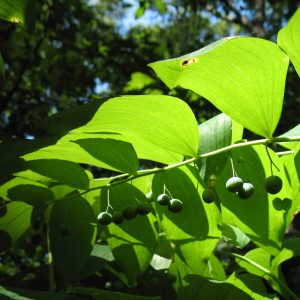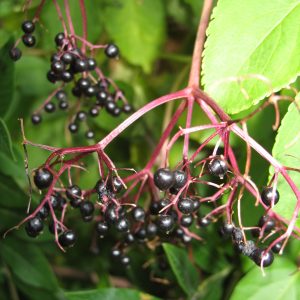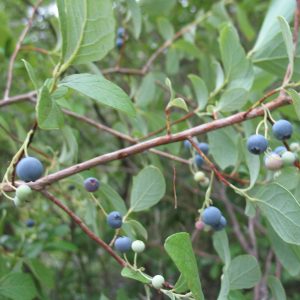Hello again! Well, what can I say. It’s been about 2 and a half months and I absolutely love Boise, Idaho and don’t want to go back home to Washington D.C. The experience so far has been challenging yet thrilling at the same time.
Let’s rewind to my first month here. It’s a bright Monday morning at the office and Susan (my mentor) sits Denise (the other CLM intern) and myself down and says that we will be going camping on Wednesday night and returning on Thursday. I was so excited and they didn’t understand my enthusiasm until I told them both that I had NEVER been camping. Upon hearing this, Susan was extra excited about my trip and she and Pam made this first time experience extremely memorable for me. Susan got me a tent from the fire crew that assembled in just seconds. It was wonderful!!!
We got to the camp site around 6 on Wednesday evening, and I was wondering where we were exactly. We stood on the pier and were waiting, until I realized that we were waiting for a boat to come pick us up and take us to the camping site. Pam’s husband arrived in the boat and took us for a crazy fast ride across the lake and within minutes we arrived at our home for the night. Once we got there, we started assembling our tents and because I had the fancy one, I was done within seconds. A few hours later we sat down for dinner, and guess what we had – fresh caught trout, along with corn, bread with kalamata olives and penne pesto pasta. Amazing or what??!! And for dessert, what else but the classic – Smores. Again, I never had smores before so I definitely indulged in the chocolate and marshmallows until I couldn’t breathe.
I slept like a baby that night. Perhaps it was the fresh clean air or the fact that I ate way too much, but regardless, I woke up well rested. I thought we would eat something quickly for breakfast such as oatmeal, but no way, we had French toast, eggs and Italian sausages. What a way to start the day! Well, all in all it was a memorable experience, one that I will never forget.
Now that was my first camping trip experience, my second camping trip experience was just as exciting yet quite different. Pam and myself (The PK team) headed off to Bruneau to collect some Penstemon accuminatus and Munro globemallow. As the site was quite a ways from Boise, we decided to camp over. The food this time was just as extravagant; we had Mahi mahi and wild rice with Portobello mushrooms. Now, another first for me was that I had never seen stars before. I know I know, you must all think that I live in some odd place, but to tell you the truth, Washington DC isn’t a great place to look up and see the stars. Idaho, however is just the opposite. I got to see the Milky Way, some constellations and get this, even a meteor shower that night.
Now while we were seed collecting at the Bruneau river, I was able to get a firsthand experience about the detrimental effects of a wildfire. I had always heard about the wildfires here in Idaho due to the extreme heat, yet I had never seen the aftermath of one, until this trip. The fire had destroyed the habitat of so many species, including some Native Indian petroglyphs on the river canyon walls. It was devastating!
I never realized the impact of fires till this point and then it clicked, the Firewise Garden (an instrumental work by Roger Rosentreter with the BLM) was exactly the answer to these fires. The firewise garden shows you how to landscape different fire resistant plants around your house as a response to wildfires. Quiet an ingenious idea!!!
Well, last but not least, I would like to tell you about my fantastic white water rafting trip with Roger Rosentreter and the seed collecting crew from Vale, Oregon. It was quite a wonderful trip. I had never been rafting before, so when the idea was suggested, I got right on board. After getting the basic training from Roger (an expert kayaker) we got into our boats and began the thrilling ride down the Payette River. Surprisingly, we got some seed collecting in as well. We rafted and pulled over to different areas and climbed up on shore and collected seeds from Philiadelphus lewisii as well as learned to identify various plants growing near riparian zones. That would be some job – rafting and collecting seeds at the same time. Who knows, maybe I could be the first to do something like that in the future! A dream job incorporating both work and play…
Karen Dante
Boise, Idaho
Bureau of Land Management (State Office)





















